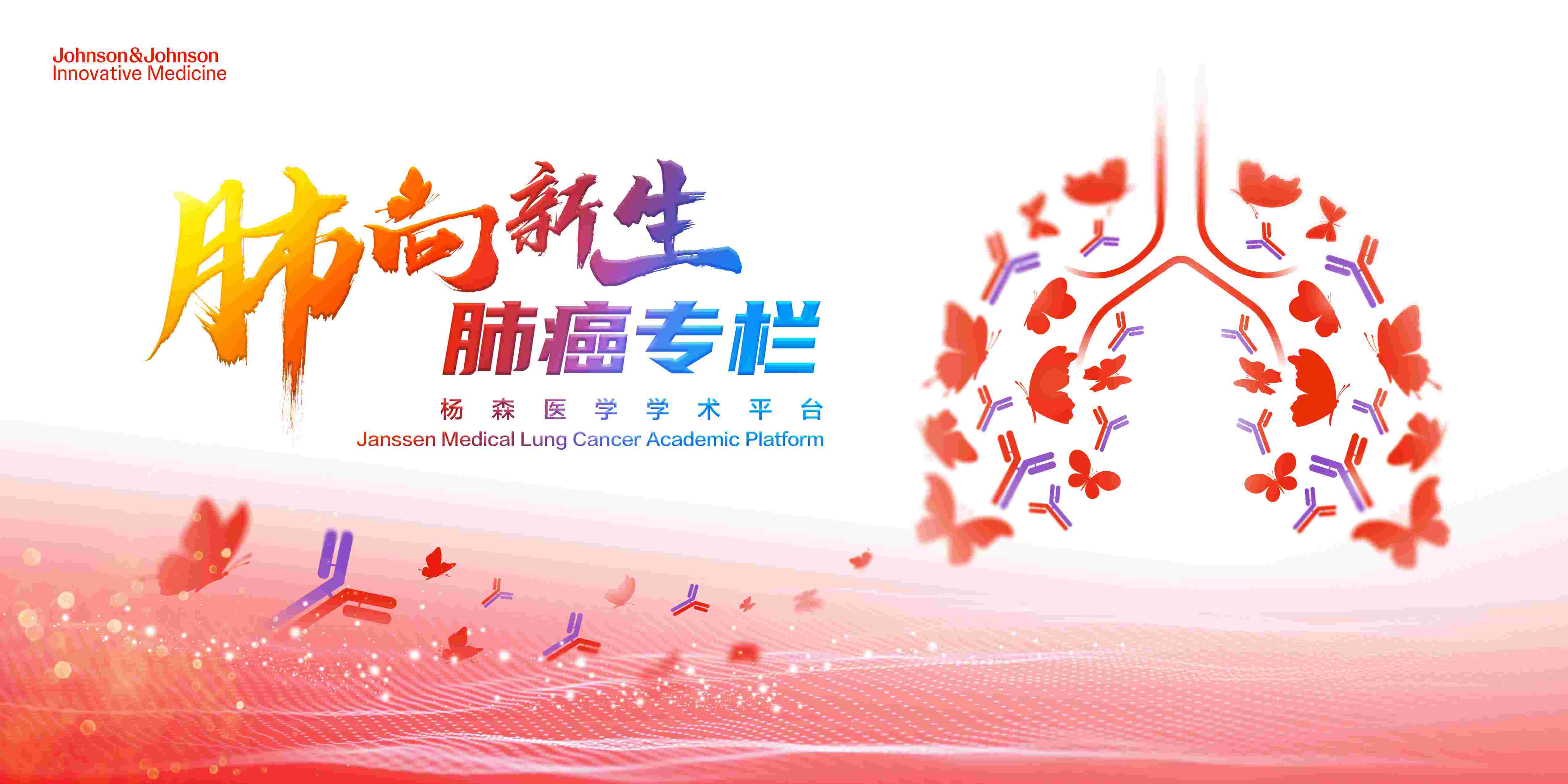营养筛查的作用是发现有潜在风险或已经存在营养不良的病患。营养筛查是营养治疗中必不可少的第一个环节,尤其对于肿瘤患者,应针对营养相关疾病早发现、早治疗。
营养筛查是什么
早期的营养筛查是治疗中极为重要的一环。营养筛查的目的是尽早发现患有营养不良或者存在风险的病人,进而完成完整的营养评估并实施营养计划。体重减轻、低身体质量指数(BMI)和低白蛋白经常被用来诊断营养不良,但这些并不能非常准确地反映患者的营养状况。[1-3] 低BMI或体重的减少并不能直观地反映病人肌肉和脂肪的流失比例或现有比例;此外,二者还极易受到体液影响而造成偏差。[2, 4] 白蛋白虽然可以反映体内蛋白质合成的情况,但它更适宜作为评价疾病严重程度的指标,而非作为单一标准被用来衡量病人营养状况。[1, 2, 5]
营养筛查的过程非常简单,由相关人员借助营养筛查量表即可完成。通常建议在治疗开始前对病人进行初筛,并在治疗间隔期进行复筛查。筛查时间可以是固定的时间间隔,也可以与治疗计划一致,比如每次化疗或者放疗时进行营养筛查。
营养筛查工具
以下五种筛查工具,经证实后适用于肿瘤相关营养治疗[1,6-9]:
l 癌症患者营养不良筛查量表 (MSTC)
l 营养不良通用筛查量表 (MUST)
l 营养不良筛查量表(MST)
l 主观整体营养状况评估量表(PG-SGA)
l NUTRISCORE量表
但是,只有MST和PG-SGA量表在门诊和住院部同时适用。[1, 2, 10-13] 其他的筛查工具可应用范围较窄。
MST量表
MST量表很简短,仅由两个问题组成,分别是体重减少的数目和食欲不振的时长。根据答案,病人被分为有风险病人和无风险病人。[13] MST量表的优点是快速、简洁,且不需要专业营养知识就可以完成;并且在识别存在营养不良风险的患者时,MST量表有高度敏感性和特异性。[13-15] 图一 营养不良筛查量表(MST)举例
图一 营养不良筛查量表(MST)举例
PG-SGA量表
PG-SGA是最常用的筛查和评估工具,[12,14] 是由患者和评估人员共同完成的。PG-SGA量表可以用来完成较有深度的营养筛查,但它的一个不足就是需要较多的时间和专业人员来完成筛查,同时需要病人的配合。病人需要完成的有四个部分:
l 体重历史
l 饮食摄入
l 症状
l 体育锻炼/机体功能
而后营养师或相关医护人员针对病人所填写的表格,结合病人的疾病信息、代谢需求和体格检查,完成以下评分:
l 体重丢失
l 疾病状态
l 代谢应激
l 体格检查
评估人员会先将病人营养状况分为A、B、C三个等级;然后再得出一个综合分数,这个得分决定了下一步营养干预的急迫程度。[1, 15] 表二 PG-SGA量表中体格检查部分
表二 PG-SGA量表中体格检查部分
NRS2002
虽然营养风险筛查评分简表(NRS2002)在肿瘤科室的应用未经证实,但是其作为通用的营养筛查量表是可靠的。同时NRS2002也是欧洲肠内肠外营养学会(ESPEN)推荐使用的、通用于住院病人的营养筛查方法,可以用来评估基础的营养不良后果,例如住院时长、短期内返院率、并发症、死亡率等。[17, 18]
结语
医生或护士等相关医护工作人员,应学会运用营养筛查量表,周期性地对患者进行营养筛查。做到营养不良早发现、早干预、早治疗,降低营养不良的发生率和死亡率。那么对于有营养不良风险甚至是已经患有营养不良的病人,应该如何开展营养治疗呢?病人需要遵循什么样的膳食呢?下一期将讨论肿瘤支持治疗中的营养干预及膳食指导。
1. Academy of Nutrition and Dietetics Oncology Expert Work Group: Nutrition and the Adult Oncology Patient. Chicago, Ill: Academy of Nutrition and Dietetics Evidence Analysis Library, 2013.
2. Marian M, August DA: Prevalence of malnutrition and current use of nutrition support in cancer patient study. JPEN J Parenter Enteral Nutr 38 (2): 163-5, 2014.
3. Kondrup J, Allison SP, Elia M, Vellas B, Plauth M Educational and Clinical Practice Committee, European Society of Parenteral and Enteral Nutrition (ESPEN). ESPEN guidelines for nutrition screening 2002. Clin Nutr 22(4):415–421,2003
4. Aapro M, Arends J, Bozzetti F, et al.: Early recognition of malnutrition and cachexia in the cancer patient: a position paper of a European School of Oncology Task Force. Ann Oncol 25 (8): 1492-9, 2014.
5. Baldwin C, Spiro A, Ahern R, et al.: Oral nutritional interventions in malnourished patients with cancer: a systematic review and meta-analysis. J Natl Cancer Inst 104 (5): 371-85, 2012.
6. Isenring E, Cross G, Daniels L, et al.: Validity of the malnutrition screening tool as an effective predictor of nutritional risk in oncology outpatients receiving chemotherapy. Support Care Cancer 14 (11): 1152-6, 2006.
7. Bauer J, Capra S, Ferguson M: Use of the scored Patient-Generated Subjective Global Assessment (PG-SGA) as a nutrition assessment tool in patients with cancer. Eur J Clin Nutr 56 (8): 779-85, 2002.
8. Ferguson M, Capra S, Bauer J, et al.: Development of a valid and reliable malnutrition screening tool for adult acute hospital patients. Nutrition 15 (6): 458-64, 1999.
9. Arribas L, Hurtós L, Sendrós MJ, et al.: NUTRISCORE: A new nutritional screening tool for oncological outpatients. Nutrition 33: 297-303, 2017.
10. Vigano AL, di Tomasso J, Kilgour RD, et al.: The abridged patient-generated subjective global assessment is a useful tool for early detection and characterization of cancer cachexia. J Acad Nutr Diet 114 (7): 1088-98, 2014.
11. Gabrielson DK, Scaffidi D, Leung E, et al.: Use of an abridged scored Patient-Generated Subjective Global Assessment (abPG-SGA) as a nutritional screening tool for cancer patients in an outpatient setting. Nutr Cancer 65 (2): 234-9, 2013.
12. Cushen SJ, Power DG, Ryan AM: Nutrition assessment in oncology. Top Clin Nutr 30 (1): 103-19, 2015.
13. Ferguson M, Capra S, Bauer J, Banks M. Development of a valid and reliable malnutrition screening tool for adult acute hospital patients. Nutrition. 15(6):458-464. 1999
14. Leuenberger M, Kurmann S, Stanga Z: Nutritional screening tools in daily clinical practice: the focus on cancer. Support Care Cancer 18 (Suppl 2): S17-27, 2010.
15. Chen XY, Zhang XZ, Ma BW, et al. A comparison of four common malnutrition risk screening tools for detecting cachexia in patients with curable gastric cancer. Nutrition. 70:110498, 2020.
16. Levin R: Nutrition risk screening and assessment of the oncology patient. In: Leser M, Ledesma N, Bergerson S, et al., eds.: Oncology Nutrition for Clinical Practice. Chicago, Ill: Oncology Nutrition Dietetic Practice Group, 2018, pp 25-32.
17. Kondrup J, Allison SP, Elia M, Vellas B, Plauth M Educational and Clinical Practice Committee, European Society of Parenteral and Enteral Nutrition (ESPEN). ESPEN guidelines for nutrition screening 2002. Clin Nutr 22(4):415–421,2003
18. Helminen H, Luukkaala T, Saarnio J, Nuotio MS. Predictive value of the mini-nutritional assessment short form (MNA-SF) and nutritional risk screening (NRS2002) in hip fracture. Eur J Clin Nutr. 2019;73(1):112-120.
排版编辑:肿瘤资讯-Amy















 苏公网安备32059002004080号
苏公网安备32059002004080号


